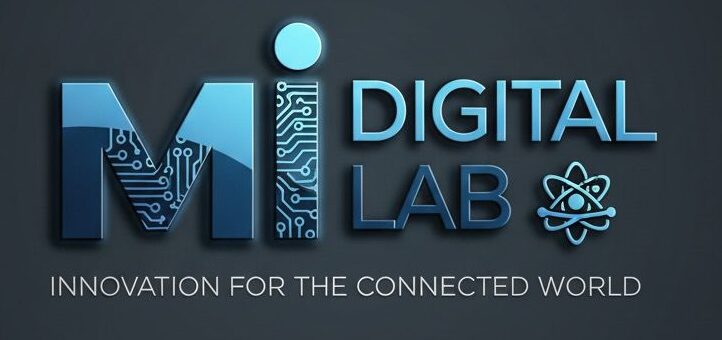
Top IT Trends Set to Reshape Businesses in 2025
The technological landscape is in a constant state of flux, and in 2025, businesses will stand at a pivotal juncture. The rapid evolution of information technology is not merely an incremental change but a seismic shift that is redefining how companies operate, innovate, and compete. From the pervasive intelligence of AI to the hyper-connected web of IoT, these transformative trends are poised to unlock unprecedented opportunities for growth and efficiency.
One of the most significant drivers of this transformation is the continued ascendancy of Artificial Intelligence (AI) and Generative AI. Beyond the initial hype, AI is now being deeply embedded into core business processes. In 2025, companies will leverage AI for hyper-personalization of customer experiences, creating marketing campaigns and product recommendations that are uniquely tailored to individual preferences. Furthermore, AI-powered predictive analytics will enable more accurate forecasting, from consumer demand to potential supply chain disruptions. Generative AI is also revolutionizing content creation, automating the generation of everything from marketing copy to software code, thereby freeing up human talent for more strategic endeavors.
Flowing from the advancements in AI is the trend of Hyperautomation. This is not simply about automating repetitive tasks but about orchestrating a seamless integration of AI, machine learning, and robotic process automation (RPA) to automate entire, complex business processes. The benefits are manifold: a dramatic increase in operational efficiency, a significant reduction in costs, and the empowerment of employees to focus on higher-value activities that require human ingenuity and critical thinking.
The proliferation of the Internet of Things (IoT) and Edge Computing is another critical trend reshaping the business landscape. In 2025, the synergy between these technologies will be particularly impactful in sectors like manufacturing and logistics. IoT sensors embedded in machinery and throughout the supply chain will generate vast amounts of real-time data. Edge computing will then process this data locally, at or near the source, enabling immediate insights and actions. This will translate into proactive predictive maintenance, preventing costly equipment failures, and a more transparent and resilient supply chain, with real-time tracking of goods from production to delivery.
Underpinning all these advancements is the ever-critical domain of Cybersecurity. As businesses become more digitized and interconnected, the attack surface for malicious actors expands. The sustained prevalence of remote and hybrid work models further complicates the security landscape. In response, 2025 will see a heightened focus on a zero-trust architecture, a security model that assumes no user or device is inherently trustworthy and requires strict verification for every access request. AI will also play a dual role in cybersecurity, with organizations deploying AI-powered tools to detect and respond to threats in real-time, while also needing to defend against increasingly sophisticated AI-driven cyberattacks.
In conclusion, the IT trends of 2025 are not isolated technological advancements but interconnected forces that are collectively reshaping the future of business. Organizations that proactively embrace AI, drive hyperautomation, leverage the power of IoT and edge computing, and fortify their cybersecurity posture will not only navigate the complexities of the digital frontier but will also emerge as the leaders in an increasingly competitive and technology-driven world.

Hi, this is a comment.
To get started with moderating, editing, and deleting comments, please visit the Comments screen in the dashboard.
Commenter avatars come from Gravatar.